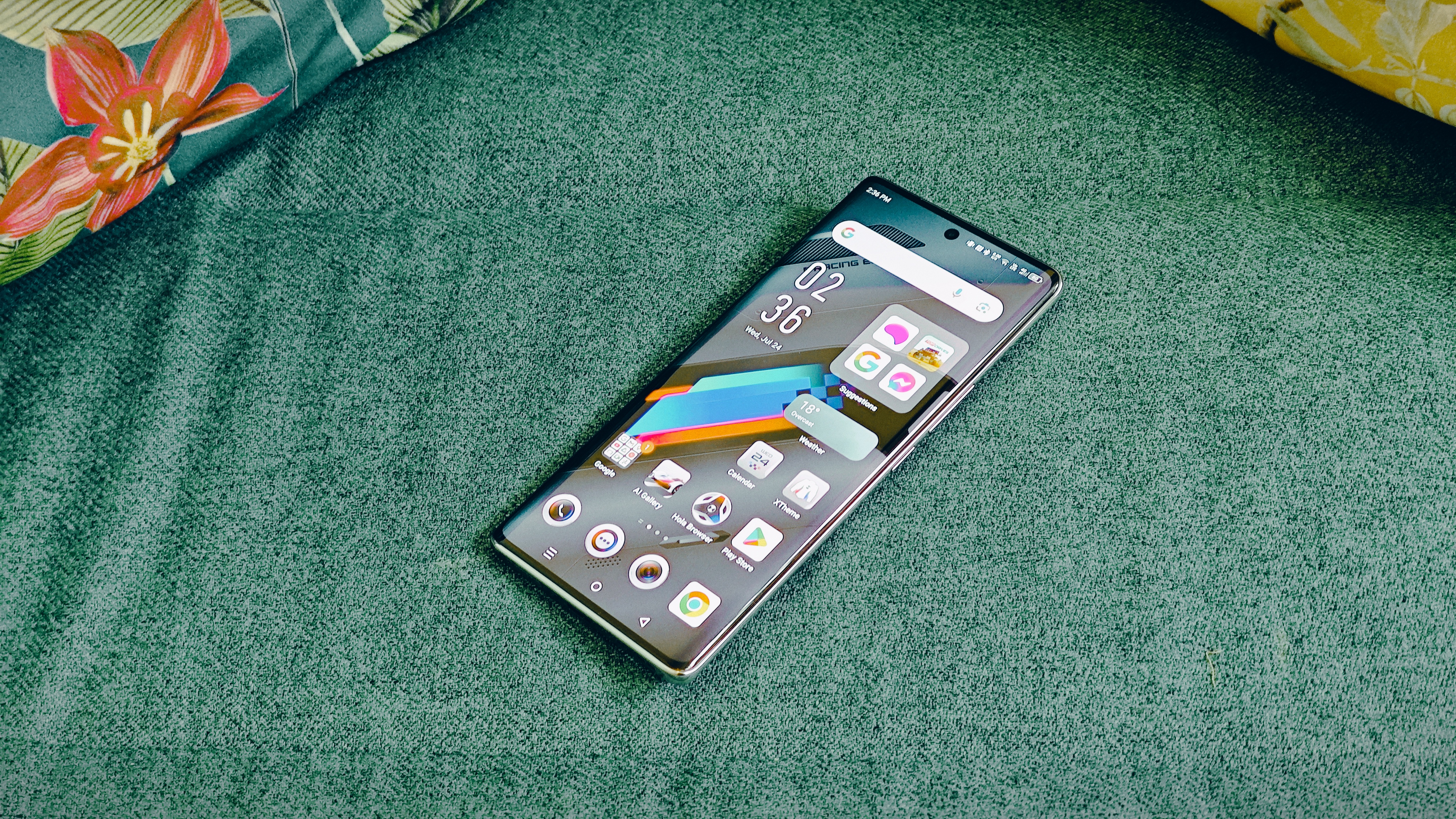
Infinix may not be the most famous brand out there, but after several years of cult fame in Asia and Africa, the Hong Kong-based budget brand is carving out a niche in the US with its stylish-looking Android phones elevating the budget camera phone market.
I was the recipient of a test unit of the company's latest model, the Infinix Note 40 Pro, following in the wake of previous models that have impressed me lately, including the GT 10 Pro and the Note 12 VIP, to see if it belonged among the best budget camera phones.
Over the last few weeks, I've used the Note 40 Pro+ Racing Edition (a special edition co-designed by carmaker BMW) alongside the Infinix Watch 3 SE smartwatch. I've taken and edited photos and videos on it, logged my health metrics, used it for work video calls and tried out its gaming capabilities for good measure. And despite some (expected) niggles, after those weeks with it, my trust in the Infinix brand has only grown.
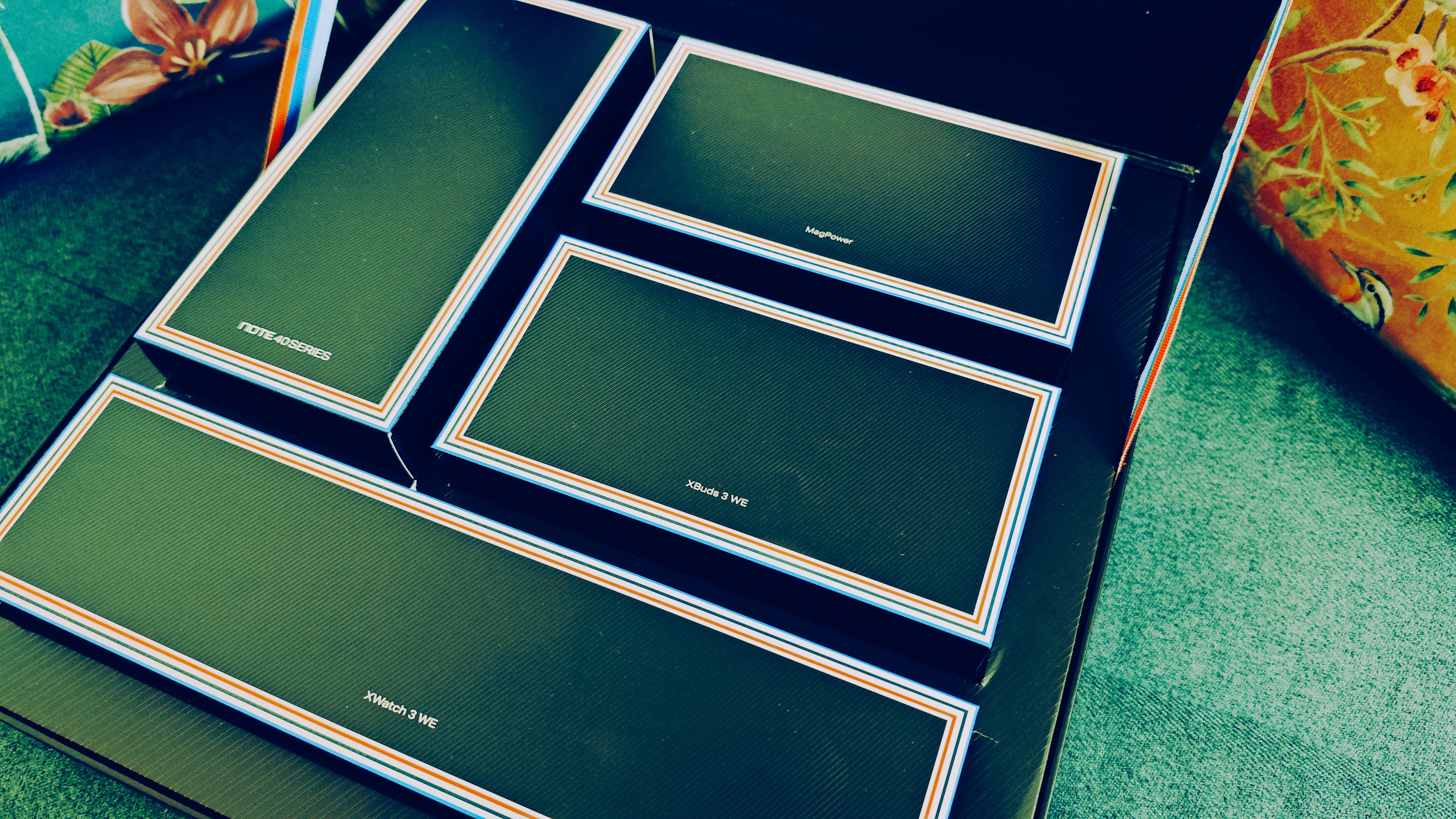
Infinix Note 40 Pro: Key specifications
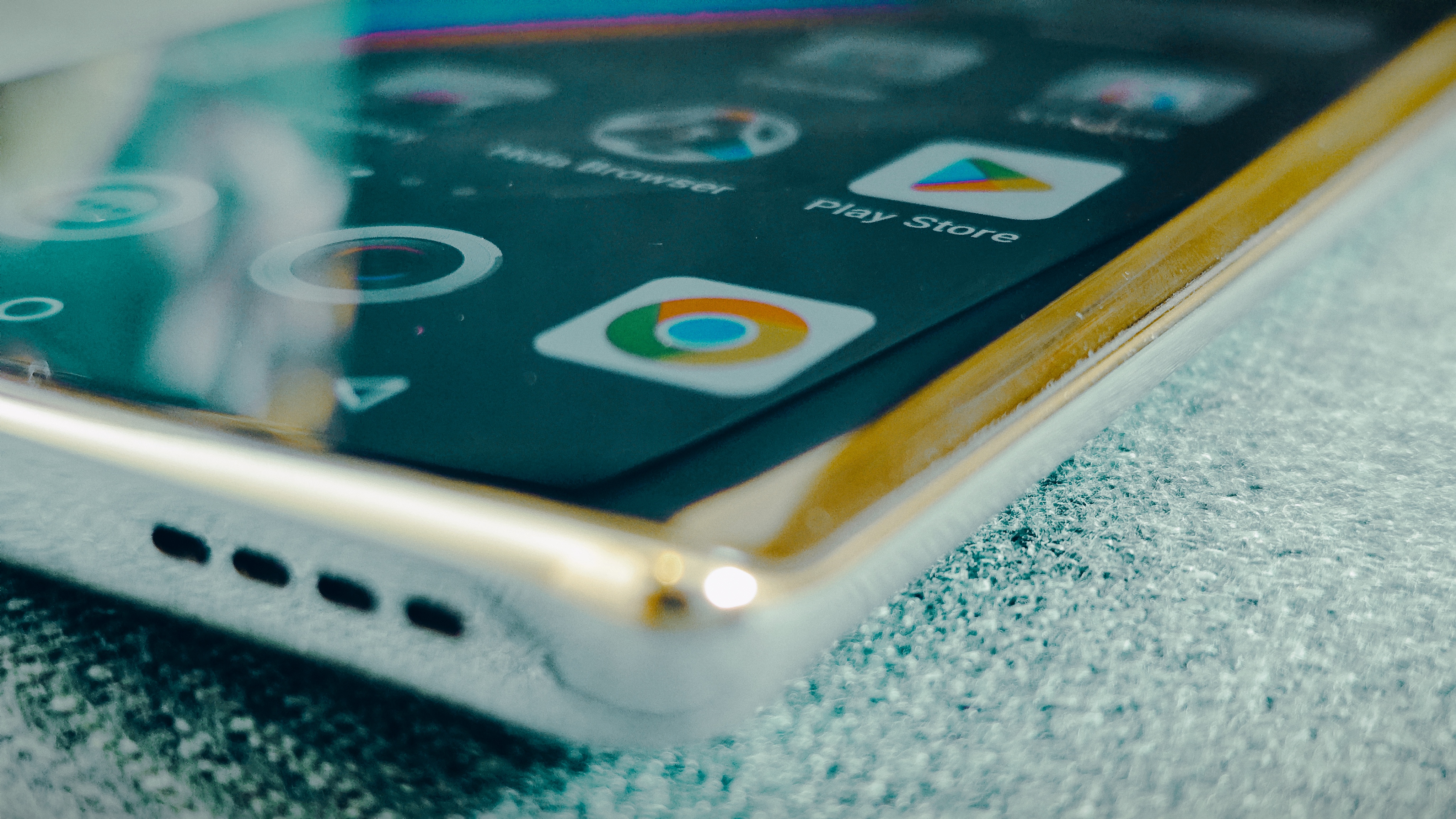
Design and display
The Infinix Note series has just gotten better and better at making phones that look way more expensive than they really are. The Racing Edition I got has a different back to the regular Note 40 Pro Plus, which is a leather-textured plastic. Here, we still have a composite lightweight material, but in keeping with the sports car theme of the phone, it's adorned with sleek lines and a silver finish (racing stripes make everything go faster, don't they?).
Like on the Note 12 VIP, we have a 6.78-inch curved AMOLED display here, which has been slightly updated from last year's Infinix cohort, with increased max brightness (up to 1300 nits now) and up to 120Hz refresh rate.
It's a really big, sharp and attractive display, especially at this price point (under £/$300), and it being an AMOLED, the contrast is magnificent, with true blacks and great colour reproduction. The resolution isn't quite iPhone 15 level, but still pretty great at 393ppi, with the 120Hz refresh rate keeping all videos buttery smooth to watch.
The camera notch at the back is rather big and bold, with a triple-cam setup alongside a fourth circle, a light which acts as both a flashlight and flashy notification light (which can be customised). The notch protrudes a fair bit, but the total thickness of the phone is still pretty reserved, at 8.1mm.
That said, this isn't exactly a compact phone, as the 16.4cm height means it will stick out of small trouser pockets (and slid out and down the side of my car seat with frustrating frequency, but that's a me problem, I think...) and while the curved screen does lend the handset a much more premium feel than the price tag will, my clumsy thumbs and their frequent accidental inputs helped me understand why some people prefer straight clearly framed edges and a flat display.
Features
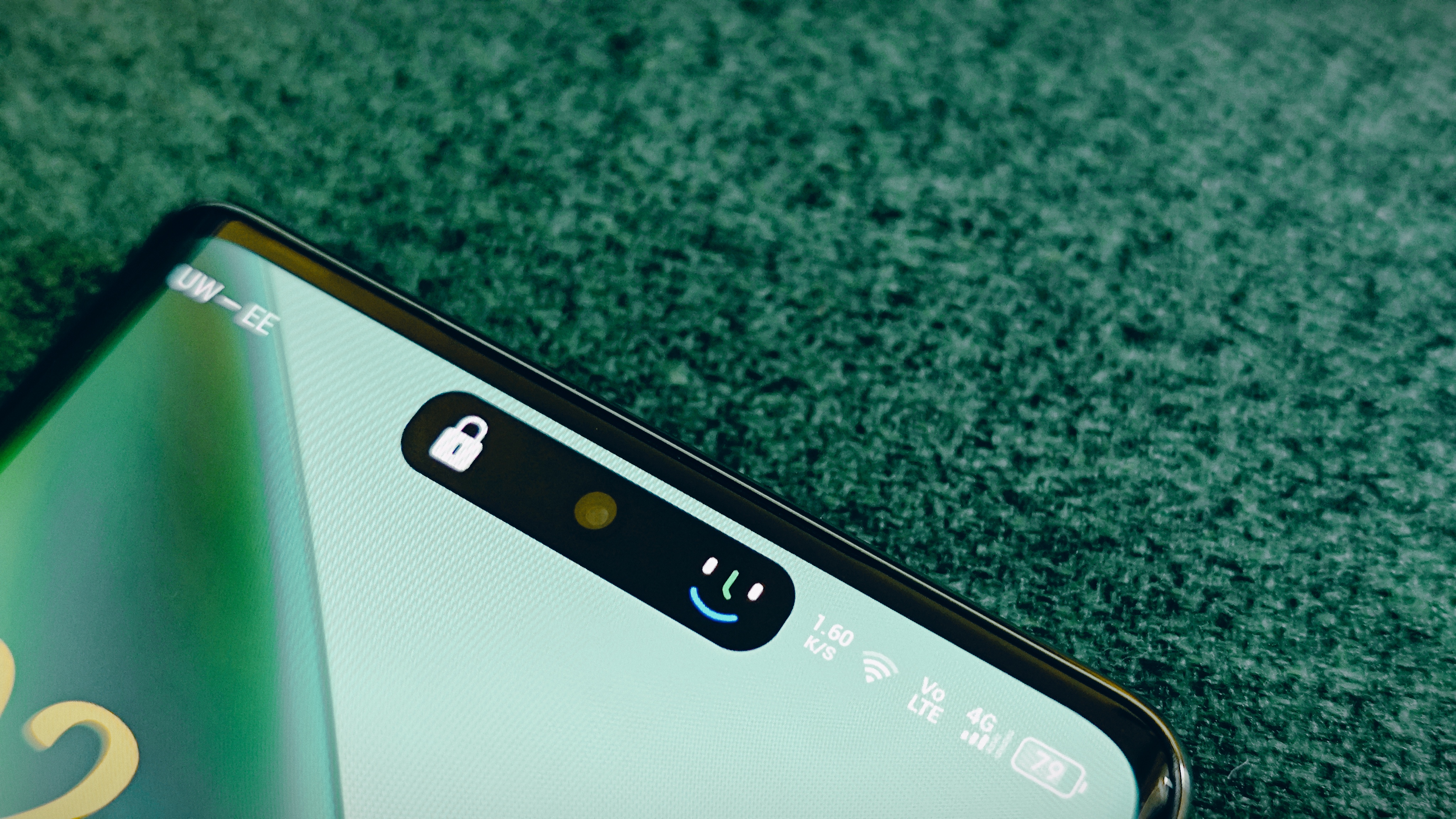
In a reassuring keeping with tradition, one of the first things you notice when starting up the Android 14-powered (re-skinned as XOS 14) Note 40 Pro+ is lots and lots of bloatware. Thankfully, most of it is easily discarded (or ignored if you don't need to free up the precious extra storage), including the hateful Hola internet browser, which links will default towards until you change it (and get rid of the app). I do recommend keeping the My Health, WPS Office (it's decent, honest) and XTheme (to customise the look of your phone menus) apps.
To match the external design flair, the default menu has been designed in a BMW-inspired style too, with custom logos for several apps, including the gallery, compass, calendar, weather and others, as well as the phone/messages/camera trio in the bottom bar. It means the Google Chrome browser logo sticks out a bit like a sore thumb, but that's no different to Chrome anywhere, to be honest...
There's 5G on board, as is NFC for Google Wallet purposes, it supports wireless charging, and the triple camera setup boasts a 108MP lens on the main camera.
To keep costs down, the compromises are where you don't necessarily see them. It's got an older WiFi codec (WiFi 5 rather than 6 or 7) slightly smaller battery than more expensive alternatives at 4600mAh and no SD card slot or headphone port.
The Racing Edition is shipped in a gift box that includes a wireless charging pad (which you can charge up and take with you as a mini power bank), the XBuds 3 WE and the XWatch 3 WE smartwatch, along with a vanity collection that includes a branded wall plug, keychain, card wallet and sunglasses in a branded soft case. Because of course it does.
Infinix XWatch 3 WE
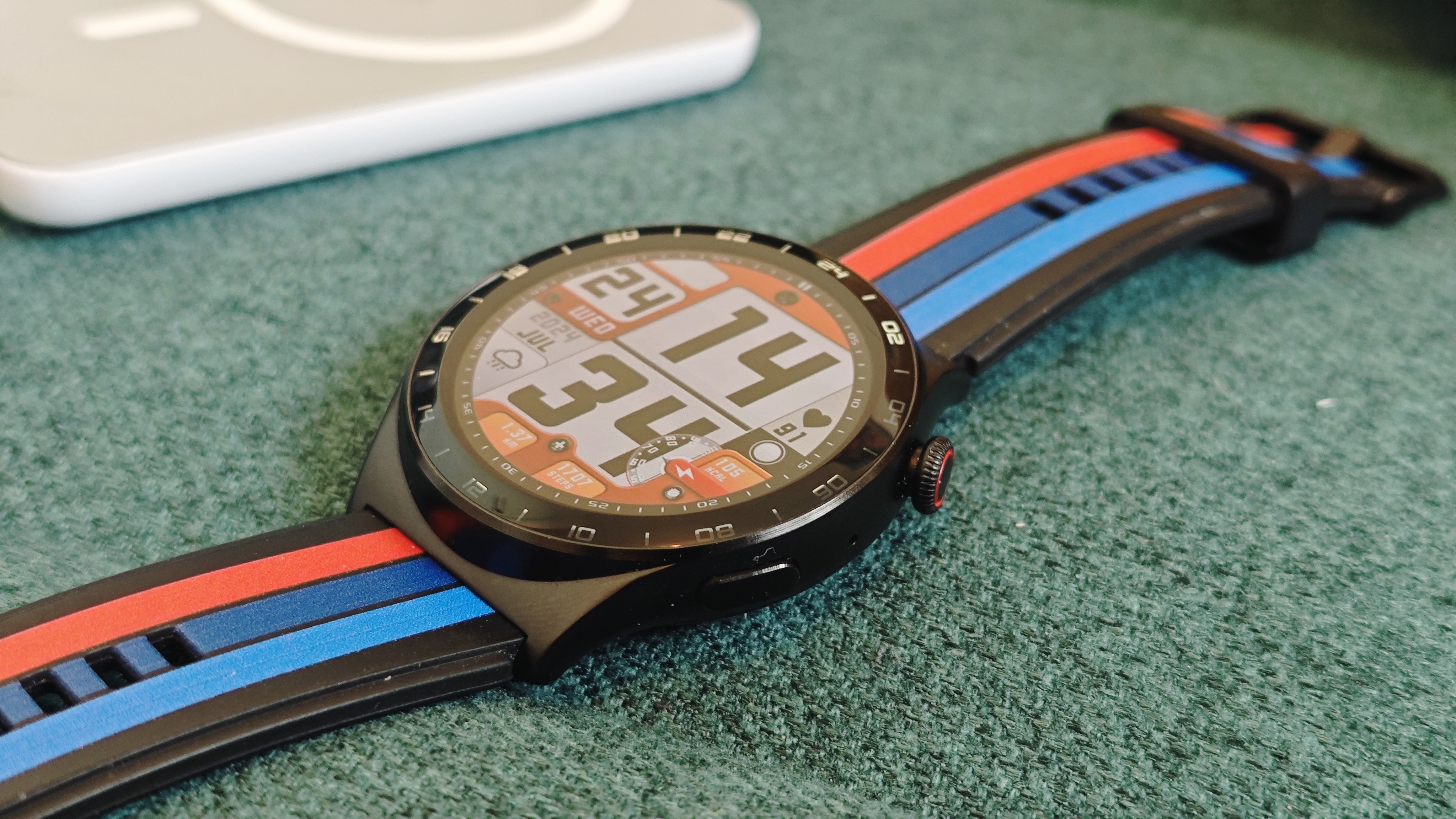
The Infinix Note 40 Pro+ Racing Edition ships with the XWatch 3 WE, which I've also tested alongside the phone. There's a pair of earbuds included too, the XBuds 3 WE, which do the job, with very decent sound quality, but as my ears are famously incompatible with most earbuds I am not in a position to professionally review those, as I couldn't wear them for long enough at a time to fairly evaluate them.
I can evaluate the XWatch 3 WE, though, which I've worn alongside using this phone for over three weeks now.
And while it won't compete with the Apple Watch when it comes to the design, the external finish (the plastic strap has the BMW racing stripes but also a fairly cheap feel) or richness of features, it has a lot going for it. One thing is that it can continually measure your heart rate and blood oxygen levels, along with a fairly accurate step tracker and seamless integration with the My Health app on the phone. You can also use it as a trigger for the phone camera, read incoming messages, track your sleep (I need a lot more of it, apparently) and control Spotify, among a host of other functions, including the usual stopwatch and timer features, looking up weather data, oh and it tells you the time too.
I find it a real value addition to the overall user experience, and while yeah, you can definitely get better smartwatches, this one does everything I want out of one, and it all works as intended (and is an aesthetic match with the phone, which is nice too).
Cameras
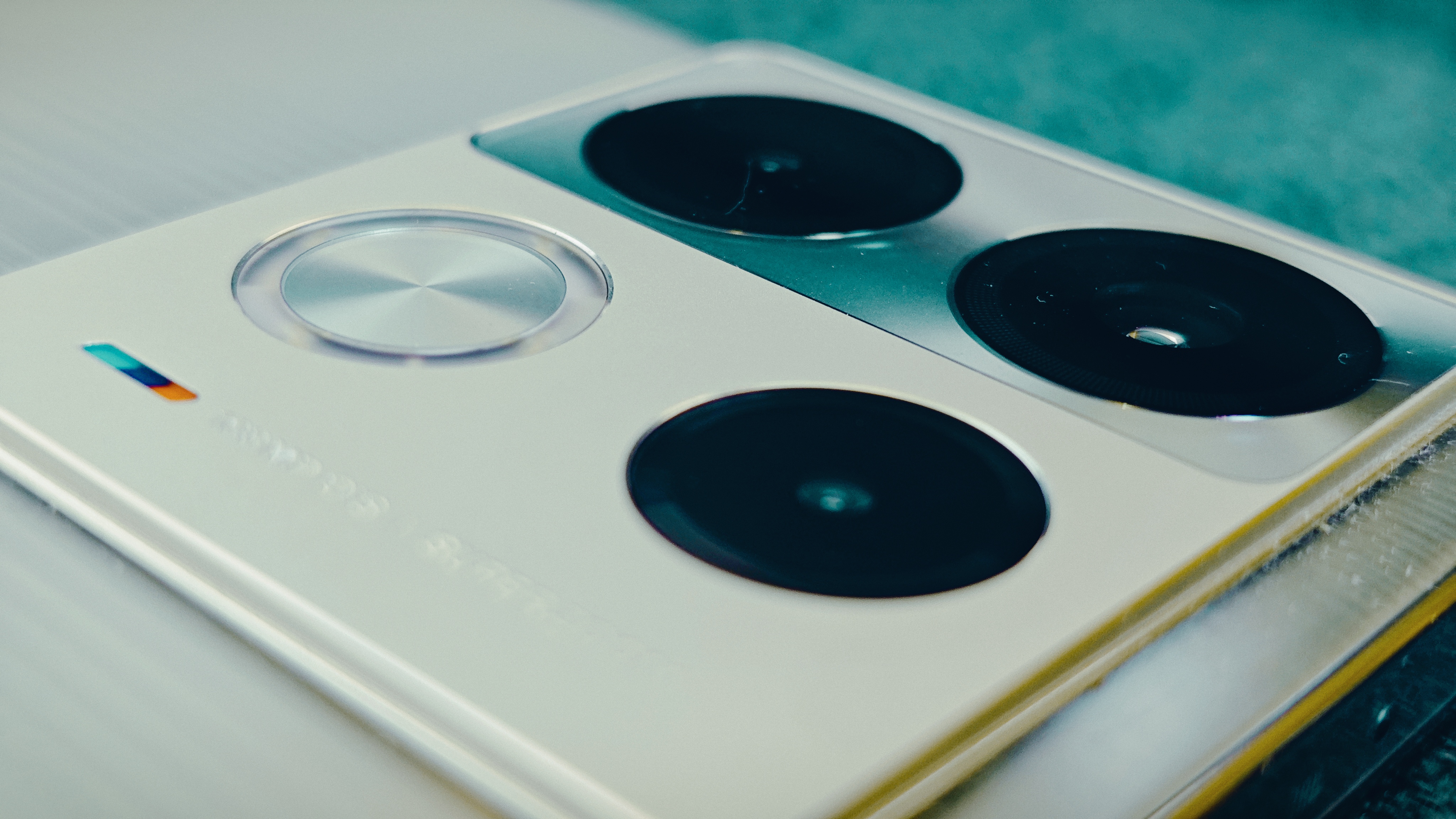
There are three main cameras on the Infinix Note 40 Pro+, and a front-facing selfie camera. The specs are similar to last year's model, with a 108MP wide-angle lens, along with a 2MP ultrawide and 2MP macro. The front camera is 32MP and is identical to last year's model in the Note 12 VIP as far as I can tell.
Now, Infinix says the 108MP camera has an OIS (optical image stabiliser), but it does employ some digital work to achieve image stabilisation rather than purely optical tools, so take that with a grain of salt.
The output by that lens, though, is thoroughly decent, especially when you consider the amount of pixel-binning these high-spec-touting cameras often employ. Regular wide-angle pictures are nice and sharp, with lots of detail to work with in editing. The Portrait function lags a little behind giants like the Xiaomi 14, as is to be expected, but the macro lens impressed me (and fed my obsession with ultra-close-ups of insects and flowers and my cat's face).
The zoom is a digital offering here, but of perfectly good quality up to 3x, both when taking photos and videos. Video doesn't have 4K capabilities, I'm afraid, but you have to expect some compromises for a sub-$300 phone in that department. To make up for it, the video-editing features in the camera and app offer the same pre-templated film formats that impressed me in last year's models, with a few feature upgrades. Conversely, the photo-editing app on board is rather basic, but the filters that are there offer up enough variety to keep your Instagram feed somewhat varied.
Performance and battery
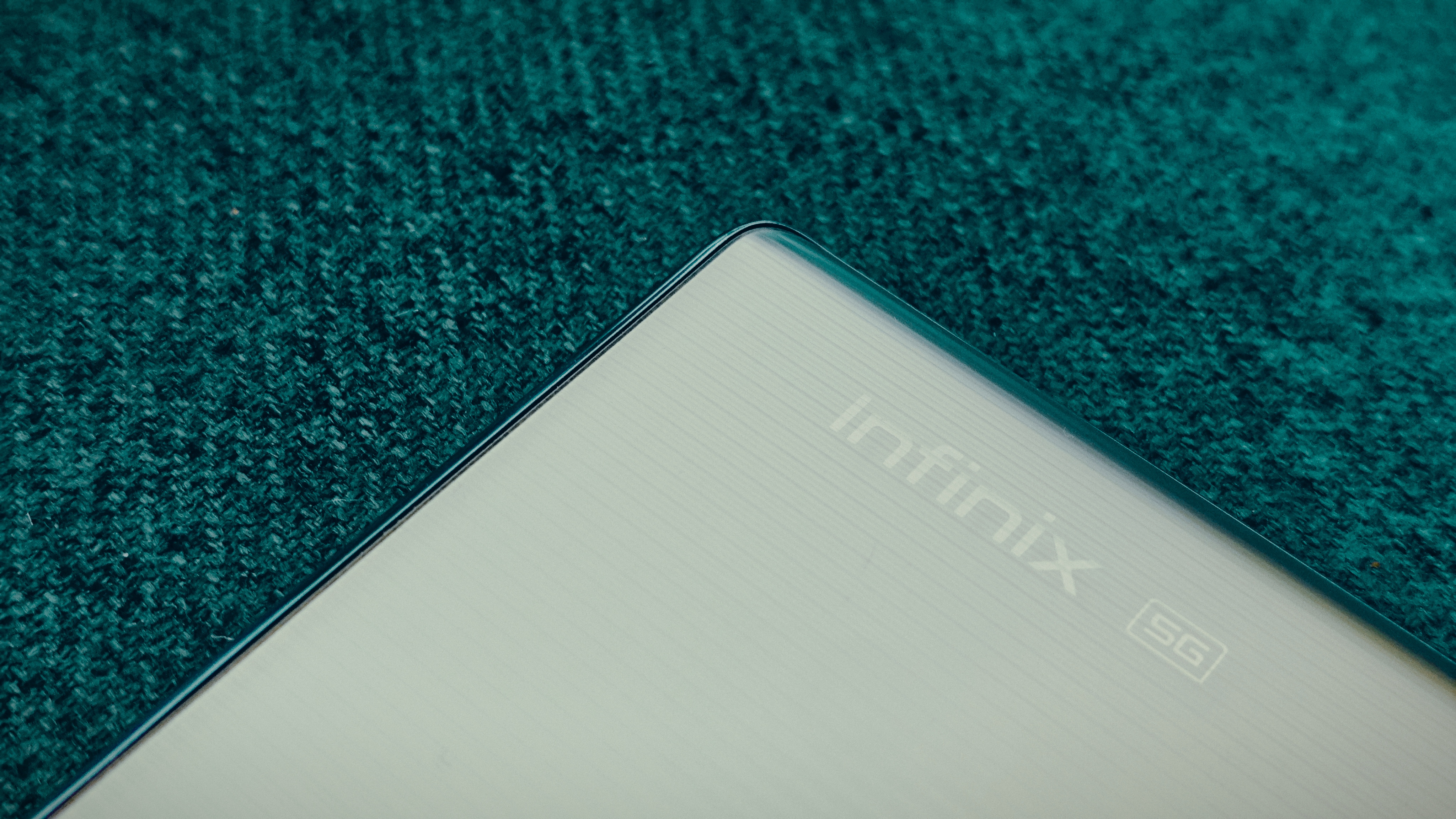
When it came to benchmarking the Infinix Note 40 Pro+, I ran into some issues. Geekbench 6 CPU testing figures felt low, but looking at other benchmark figures online, I'm now willing to accept that the MediaTek 7020 processor on board is just not that powerful. Further issues were encountered with Geekbench 6 GPU and AnTuTu benchmarking, where it refused to run some of the tests, thus making the results of those tests unrepresentative.
However, when using the phone for some gaming, I found I could run most lightweight games without issue, and the same applied to drawing and photo-editing apps, as well as streaming apps like Netflix and BBC iPlayer.
However, I did notice slight lagging in games requiring faster motion processing, and games like CSR 2 simply wouldn't run on the phone, so if you're a serious gamer (or power-hungry content creator), you might have to look elsewhere.
The speakers are 'tuned by JBL' and the JBL logo is emblazoned on the top edge of the handset, but the performance is fairly mediocre. There's plenty of volume, but it's sorely lacking in bass output, leading to a fairly flat sound, especially when putting on rock or drum'n'bass.
The battery, for some reason, is smaller than in most of last year's models, and I found that with Bluetooth switched on (to connect to my smartwatch), a couple of gaming sessions and some video consumption, the battery drained to under 20% before the end of the day. Battery testing via AnTuTu gave me a battery life figure of 12 hours and 23 minutes, which sounds about right given my impressions of it.
Who is it for?
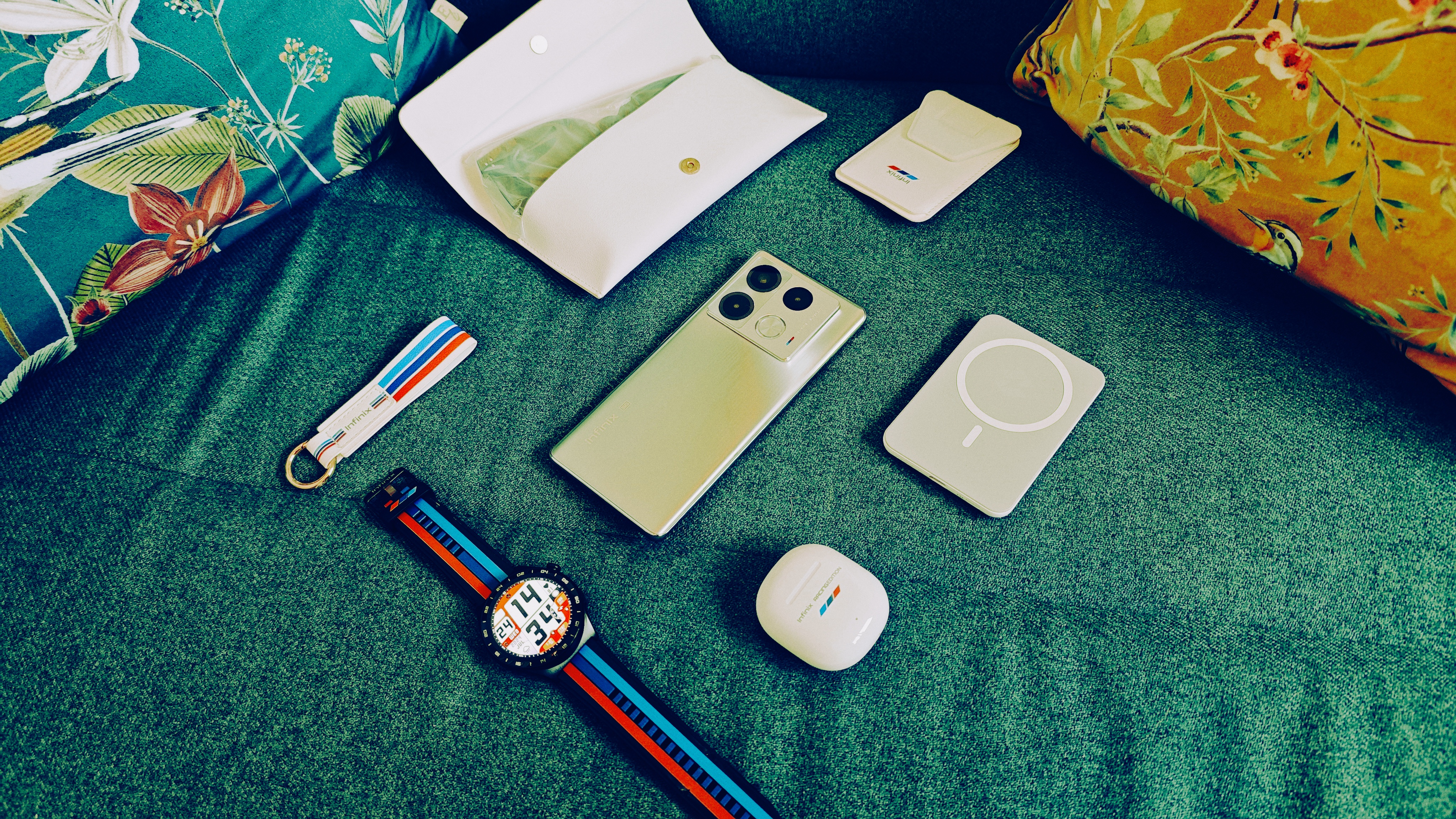
Casual users who want a stylish-looking phone without breaking the bank, who may want to use and post to social media, including TikTok, as well as watch media on the large, sharp screen it sports. Professional creatives, mobile game enthusiasts and content creators who need more processing power will have to step up to more expensive models.
Buy it if:
- You want a cheap phone that doesn't look cheap and has a decent camera
- You want a phone for casual content creation and consumption
- You like racing stripes
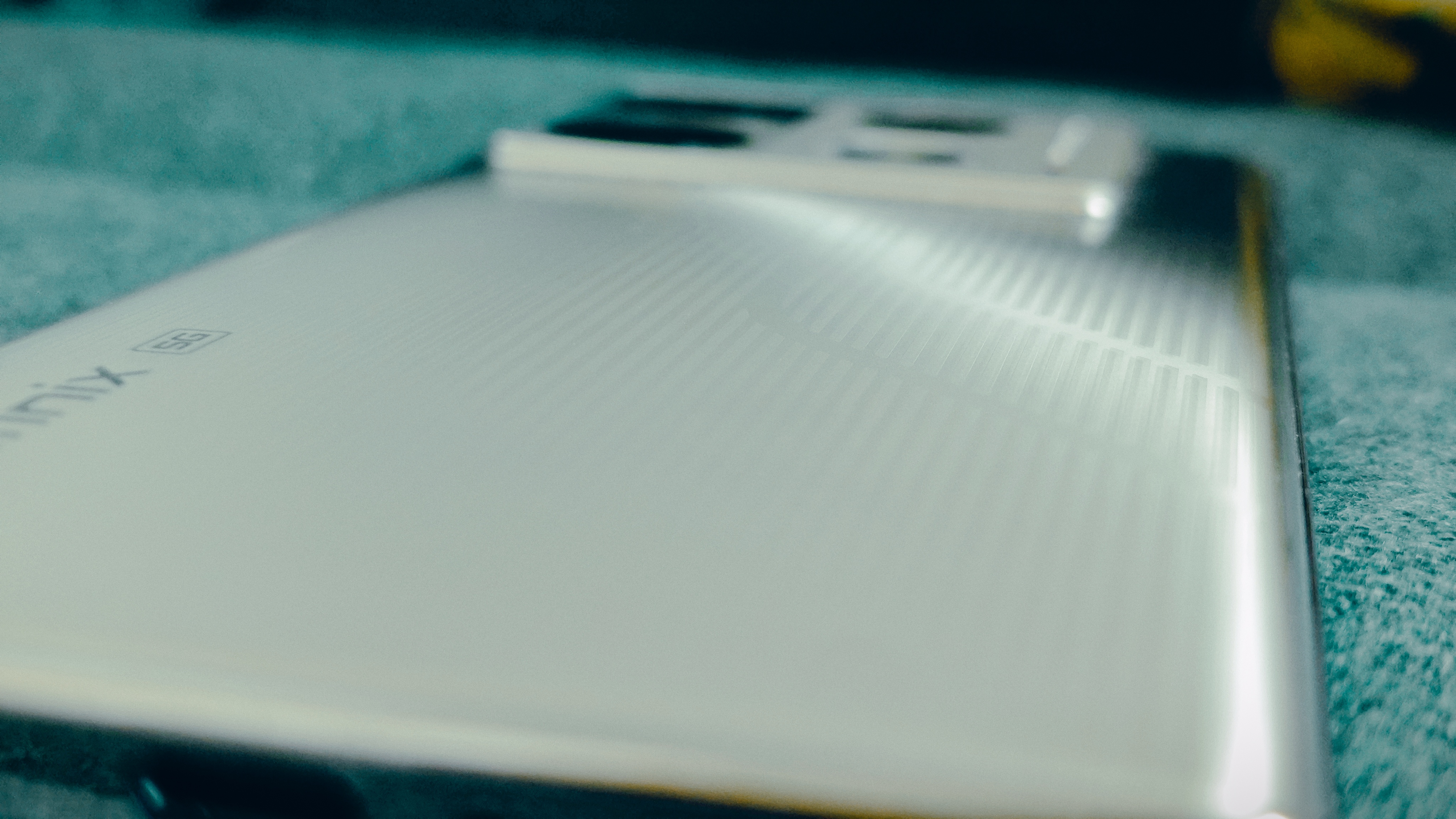
Don't buy it if:
- Bloatware annoys you
- You need more power for video or computer processing
- You need a premium camera on your phone







